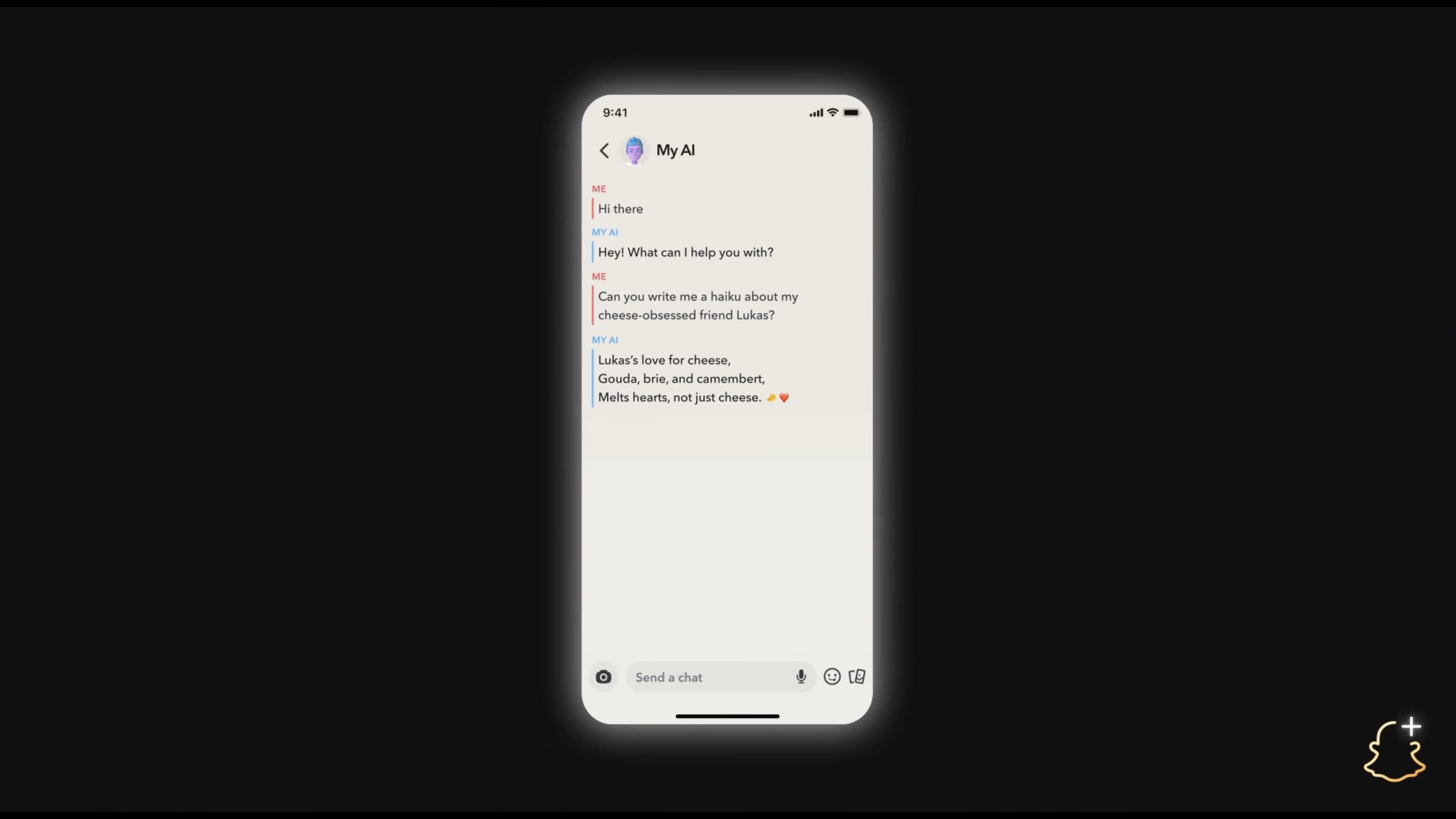Businesses will soon be able to get their hands on ChatGPT after the increasingly-popular AI service unveiled new APIs designed specifically for enterprises.
Now that OpenAI, the company behind the AI chatbot, has proven the willingness of consumers to use artificial intelligence to such a degree, it has turned its attention to monetizing its large language model-trained tool.
The company recently launched a pilot subscription membership for $20 per month which allows paying users to access the service even during peak times where free users would otherwise be locked out, among other minor benefits – and has now introduced an enterpise-focused extra offering alongside this.
ChatGPT for business
OpenAI co-founder Greg Brockman explained to TechCrunch (opens in new tab) that the same GPT-3.5 model underpins the API that’s destined for businesses, but in a slightly tweaked format that’s been dubbed gpt-3.5-turbo. This will enable more frequent updates to prevent unwanted ChatGPT behavior and to better align the AI tool to businesses’ needs.
The API is said to be able to drive non-chat applications too, and Snap, Quizlet, Instacart, and Shopify have all committed themselves to the technology.
It has been priced at $0.002 per 1,000 tokens, or about 750 words, which will go some way to covering the service’s monthly running cost that accounts for hundreds of thousands, if not millions, of dollars. CEO Sam Altman has previously called the company’s running costs “eye-watering” with chats accounting for several cents each in compute costs alone.
Brockman added that businesses will be able to share prompts like “answer truthfully and in a fun way” on top of user input to help curate better responses.
Since ChatGPT launched in public preview format in November 2022, it has amassed millions of monthly active users and attracted an astonishing amount of attention.
OpenAI’s LLM tool has an almost unlimited number of uses, and besides this API that can be employed by businesses, we’ve already seen its integration into a number of Microsoft products. What’s clear, then, is that we will likely encounter small snippets of the technology in services we’re already familiar with, rather than heading directly to the ChatGPT website.





